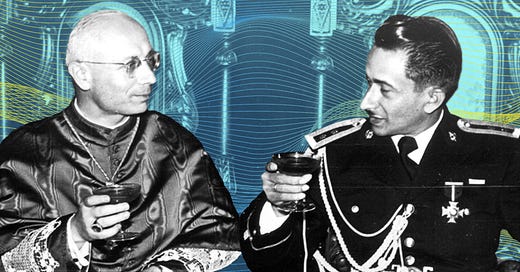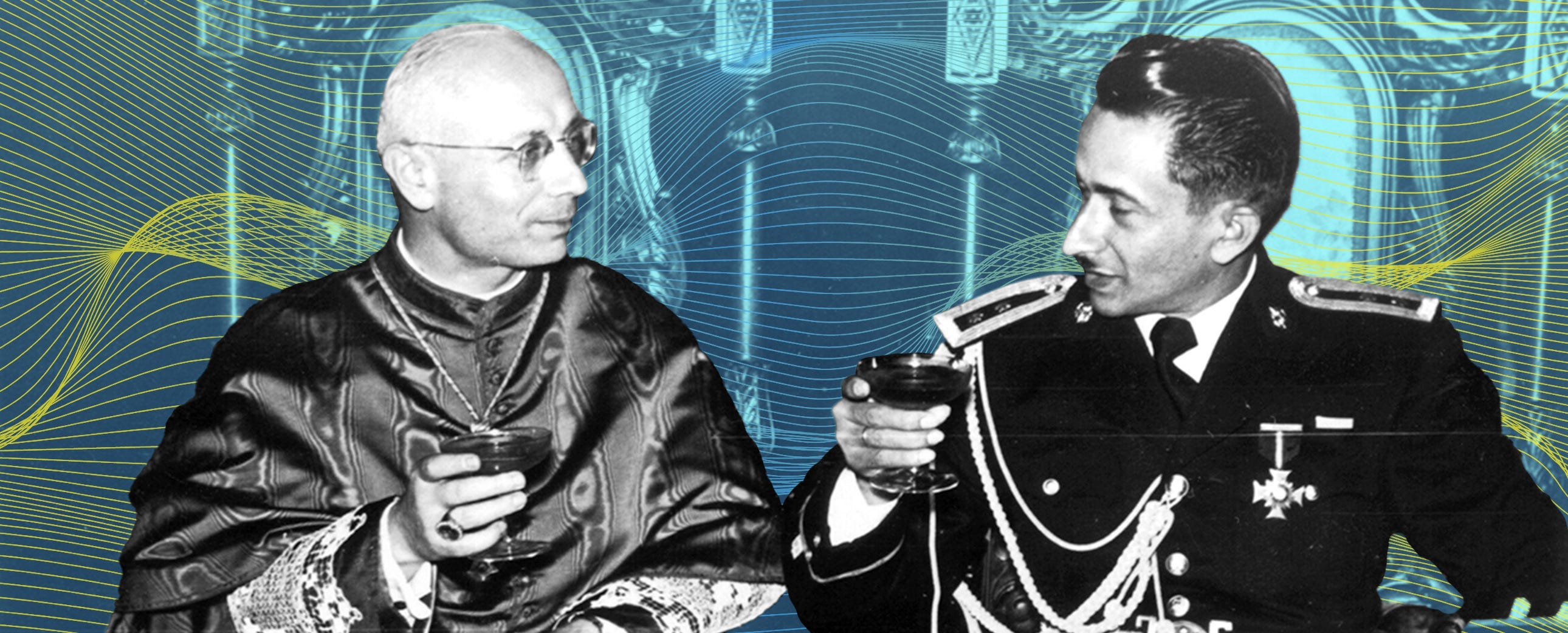How to Subvert a Democracy, Stage 4: Divide and Conquer
You can rile up the public by confusing and polarizing them. The key is to exploit their own existing vulnerabilities.
You're reading our 7-part true story about the original fake news network. Need to catch up? Click here to start at the beginning.
Keep reading with a 7-day free trial
Subscribe to Narratively to keep reading this post and get 7 days of free access to the full post archives.




